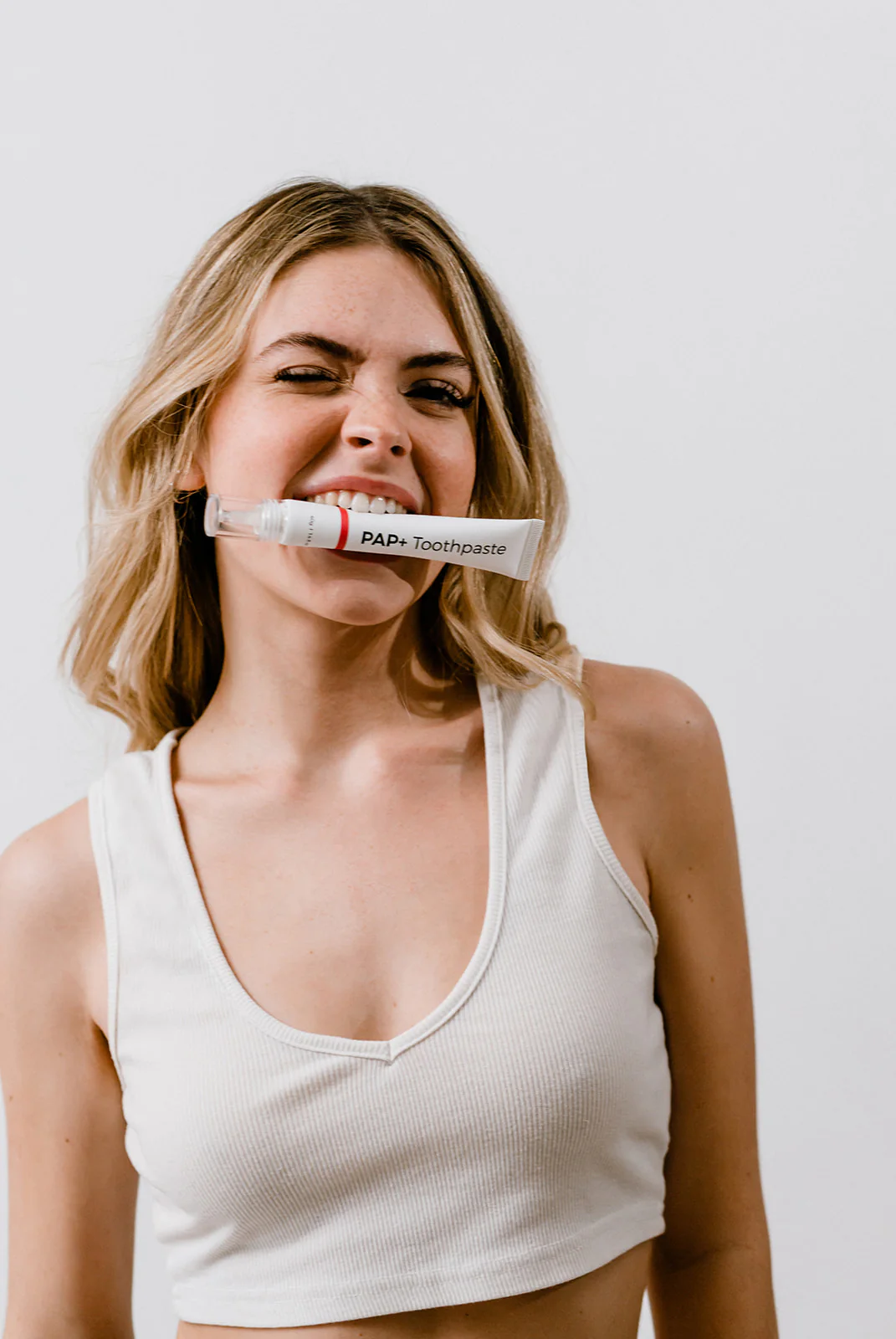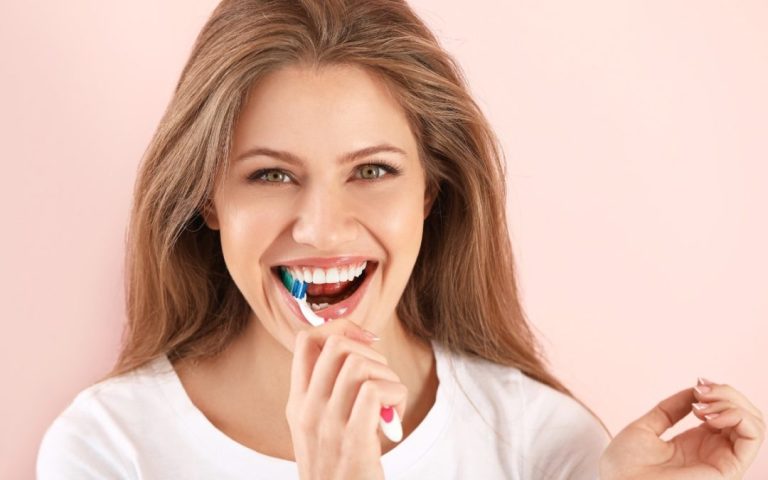
Whitening Toothpaste
Uncovering the Truth About Whitening Toothpastes
Bright, white teeth convey health and youth. No surprise whitening toothpaste earn $billions annually. Most people want a radiant smile. But do whitening toothpastes deliver? This guide dives into how they work. It reveals the most effective formulas. Separating fact from fiction clears up confusion.
The Causes of Tooth Discoloration
Teeth naturally yellow with age. That warm tint can deepen into staining. But many everyday factors speed up discoloration too. Red wine, coffee, and dark sodas all leave stains. Smoking creates stubborn staining. Certain medications like tetracycline antibiotics discolor teeth. Trauma may cause graying or darkened areas. Whitening toothpastes target these extrinsic surface stains.
Active Whitening Ingredients
Whitening toothpastes contain stain-busting ingredients. Peroxides like hydrogen peroxide or carbamide peroxide generate whitening. These chemicals produce an oxidizing effect. It removes stains and lightens tooth shades a few levels. Whitening pastes must have peroxide concentrations at or above 1%. Toothpastes often use lower levels than whitening strips or bleaching gels. But peroxide offers real brightening power.
Another common addition boosts peroxides. Activated charcoal binds to surface stains and lifts them away. While not a traditional whitener, activated charcoal enhances other ingredients. Expect to see more toothpastes with charcoal in the years ahead.
Gentle Yet Effective Abrasives
Abrasives provide the scrubbing action in any toothpaste. In whiteners, they also gradually polish away stain particles. Hydrated silica and calcium compounds like calcium carbonate serve as common abrasives. Their fine grit polishes enamel without scratching or damaging it. Rice-based abrasives offer an even gentler alternative. These gentle polishers gradually buff away stains for a smoother, brighter smile.
Abrasives alone cannot significantly change tooth shade. But they synergize with peroxide whiteners in toothpaste for optimum effects. The combined cleansing and lightening provide major improvements over time.
Do They All Work? A Look at the Science
Well-formulated whitening toothpastes absolutely work. But results occur gradually over months, not overnight. That’s because toothpastes only contain low concentrations of whitener. For safety, no whitening toothpaste can exceed 2% hydrogen peroxide. At such low doses, toothpastes only lighten shade by one or two levels. That translates to a subtle yet noticeable brightening over months. But any claims of instant whitening are false advertising. Patient regular use sees the most benefits.
One recent comparison study tested numerous whitening toothpastes. After examining shade shifts over extended periods, certain brands stood out. Top performers all contained 1-2% peroxide or activated charcoal. They demonstrated significant shade improvements of at least two levels after six months. This included the Crest 3D White line, Tom’s of Maine Simply White, and Colgate Optic White. Other toothpastes showed minimal effects when used alone.
Another study tracked enamel changes from whitening pastes. It found nearly all formulas aided in lifting surface stains. But pastes also contained remineralizing compounds to replace lost minerals. Protecting enamel from damage keeps teeth healthy during whitening. The study suggests pairing a whitener with a separate remineralizing paste for full benefits.
Tips For Safe and Effective Usage
Whitening toothpaste works but requires proper use:
Brush Thoroughly
Brushing for the full two minutes is vital. Thoroughly circulate paste over all surfaces. This allows the abrasives and oxidants maximum stain exposure.
Avoid Rinsing Right Away
Many people instinctively rinse immediately after brushing. But that eliminates whitening ingredients before they work. Instead, let whitening toothpaste linger before rinsing.
Be Patient and Consistent
One tube won’t transform teeth overnight. Stick with the same whitening paste for several months. Use twice daily each time. Day after day, the formula removes discoloration layers.
Take Breaks Between Tubes
Balance things out by alternating with a non-whitening fluoride paste. Too much abrasive whitening action strips enamel over time. Introduce recovery periods to protect teeth.
Pair With Whitening Strips or Gels
Toothpastes alone have limits due to lower whitening concentrations. Use in tandem with more potent strips or gels. The toothpaste removes surface stains while deeper whitening also occurs.
Following these tips optimizes whitening toothpaste’s stain removal power. Progress takes commitment, but brighter smiles result.

Popular Whitening Toothpaste Brands
With so many options available, selecting the right toothpaste feels daunting. Here’s a breakdown of top whitening toothpaste brands:
Crest 3D White
Crest practically invented toothpaste whitening. The 3D White line contains multiple peroxide pastes for different needs. Formulas include stain defense for smokers, sensitivity relief, and advanced vivid shades. Expect modest but noticeable lift in shade after consistent use.
Colgate Optic White
Most Optic White pastes contain optical brightening agents. These light-reflecting ingredients instantly add brightness while peroxides lift stains over time. Colgate’s Optic Renewal pastes allow touch-up whitening without full treatment cycles.
Tom’s of Maine Simply White
Tom’s offers a natural, fluoride-free whitening option. It relies on activated charcoal, silica, and plant fibers. The mild abrasives gently scrub away stains while charcoal binds debris. A solid choice for gradual, gentle whitening.
Sensodyne Extra Whitening
Sensodyne specializes in combating sensitivity. Potassium nitrate blockers allow safe brightening for sensitive teeth and exposed roots. This formula still delivers gradual whitening effects.
Rembrandt Intense Stain Remover
Rembrandt focuses on heavy stain removal from foods and smoking. Greater stain fighting power comes from more intensive abrasives and peroxides. This paste may be too harsh for some.
No single brand reigns supreme. Selecting the ideal whitening toothpaste involves finding the right fit.

Whitening Toothpastes Offer Modest But Real Benefits
While claims of instantly bright smiles lack truth, whitening toothpastes still provide value. These pastes deliver real stain-removing and shade-lightening capabilities. Over weeks and months, using a trusted whitening toothpaste makes a visible difference. Incorporating one into a daily routine improves and maintains a whiter, brighter smile over time. Just remember managing expectations around results. Dedication pays off with gradual yet noticeable whitening.
In conclusion, whitening toothpaste can be an effective option for brightening your smile and maintaining oral hygiene. While results may vary, regular use of whitening toothpaste, along with good dental care practices, can help reduce surface stains and improve tooth color. With its convenience and affordability, whitening toothpaste offers a practical solution for those seeking a brighter smile. It’s important to select a toothpaste that meets your dental needs, and consult with a dentist for personalized recommendations to achieve optimal oral health and a radiant, confident smile.



